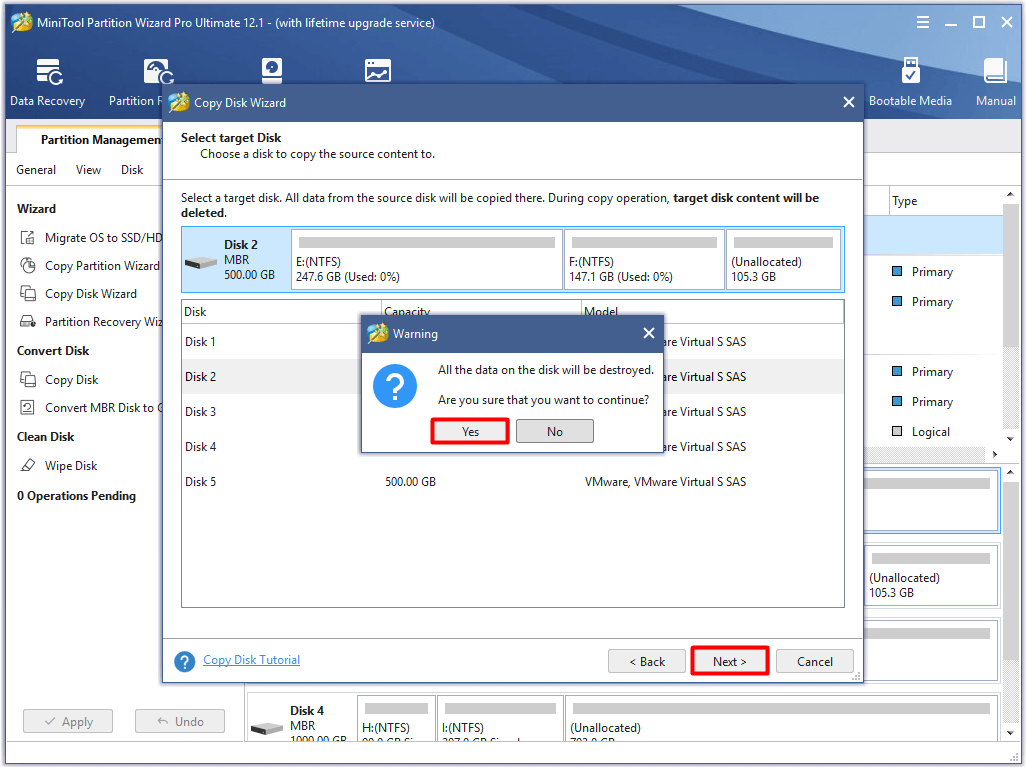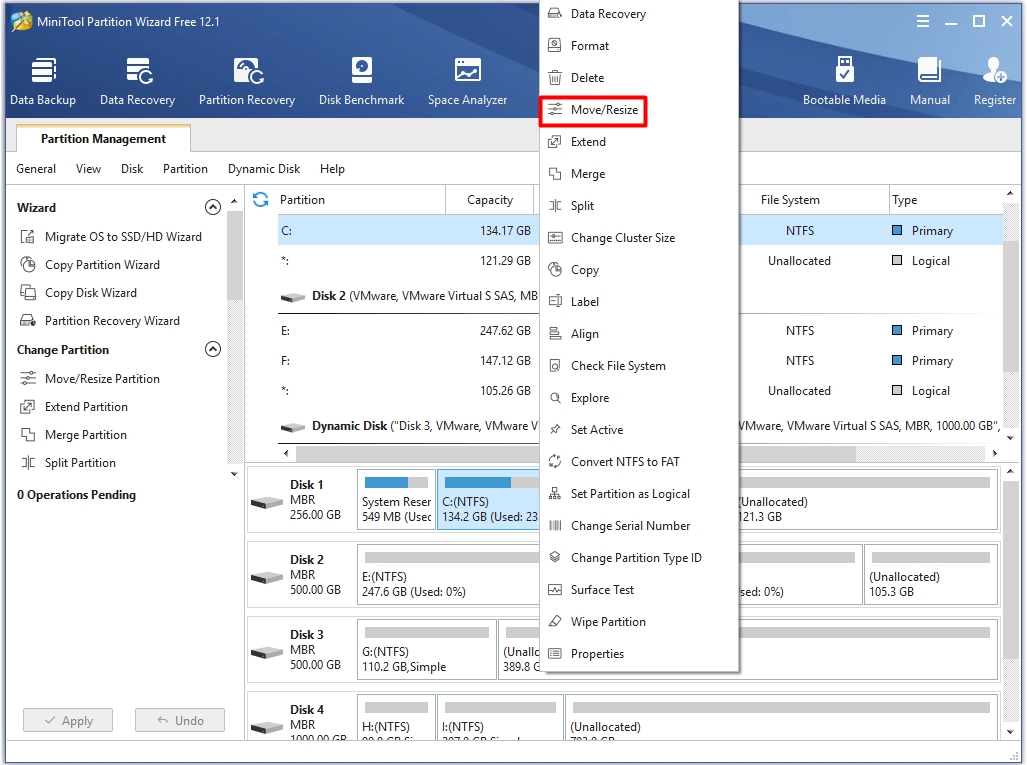



If you do not check anything, this will make no changes to the clone VM's network configurations compared to the source.Next, we will select the network configurations for the VM we are cloning. In the "VM Storage Policy" row, you will be able to choose the default policy for datastores, a custom policy if you have vSAN hosts, or the VM encryption option. To learn more about disk types, please check out our VMware Disk Types for Virtual Machines article. The virtual disk type is on “Thin Provision”, which means that a virtual disk will be created that only uses the actual disk space used on the storage, regardless of the disk space previously used on the source VM. Set the storage location (disk space) for this VM. Next, specify the cluster, host, vApp, or resource pool for this VM. In the ensuing menu, select a name for your VM and choose its location in your file tree. Right-click on the VM to be cloned and then select Clone and Clone to Virtual Machine. Topicsįrom the vSphere Web Client, navigate to the Hosts and Clusters tab. In this article, we will explain how to clone a VM in the vSphere Web Client. Cloning a VM creates a copy of the source VM.


 0 kommentar(er)
0 kommentar(er)
